Giant gourami is one of the most anticipated options for the big fish tanks. There are several types of Bluto, the Giant Gourami that you can keep in your tank. These fish can serve for a long time as they have a long life span. To enjoy the Gourami lifespan, you have to know about their profile.
Content Table
In this article, you will learn about different aspects of this Giant Gourami. For example, you will learn about their types, general properties with suitable tank mates, their nature, and more.
Note: Bluto is used in this article as a slang name that refers to its giant size and social nature.
Types of Giant Gourami in the World
There are 4 different types of giant Gourami around the world. Here is a brief introduction to each Giant Gourami (Osphronemus).
Giant Gourami
| Osphronemus goramy is the most commonly found species in Giant Gourami. This freshwater fish naturally inhabits the Southeast Asian region. It can grow to 80 cm in max. It’s one of the most anticipated options for food, farming, and aquarium beauty. | 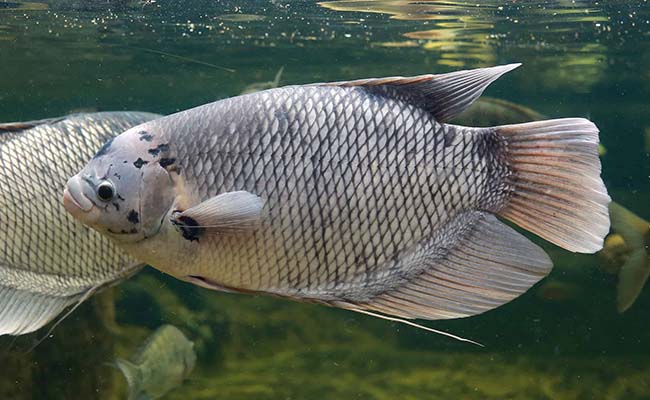 |
Giant Red Tail Gourami
| Giant red tail Gourami is another eye-catching and easy-to-take care option for aquariums. It is also known as Osphronemus laticlavius. As the name suggests, it has a red tail in childhood, which later changes color. This Southeast Asian native can grow up to 50 cm. | 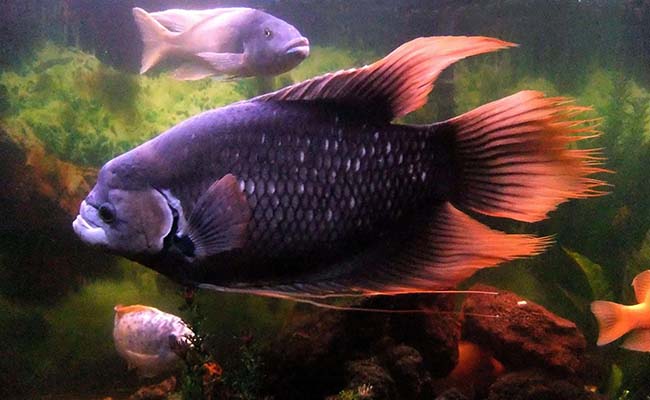 |
Osphronemus Septemfasciatus
| This Giant Gourami shares the same characteristics, i.e., nature, size, etc., as osphronemus goramy. This freshwater fish also inhabits the Southeast Asian region. The island of Borneo and some Indonesian provinces are specific regions for their growth. | 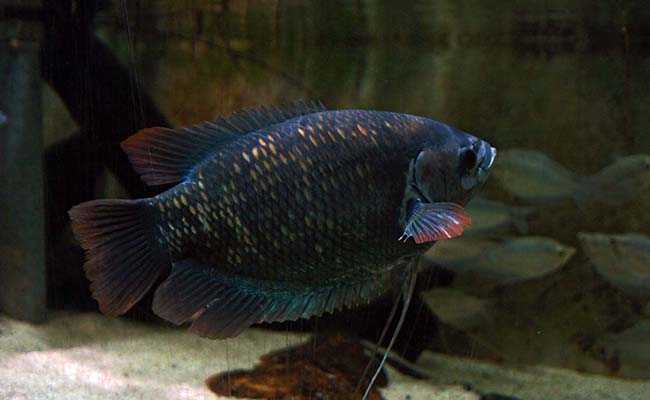 |
Giant Marbled Gourami
| They are scientifically known as Osphronemus exodon is another type of Giant Gourami. It’s also pronounced as elephant ear gourami. They inhabit in Thailand, Cambodia, and Laos. It can grow up to 60 cm. IUCN lists it as a vulnerable species. | 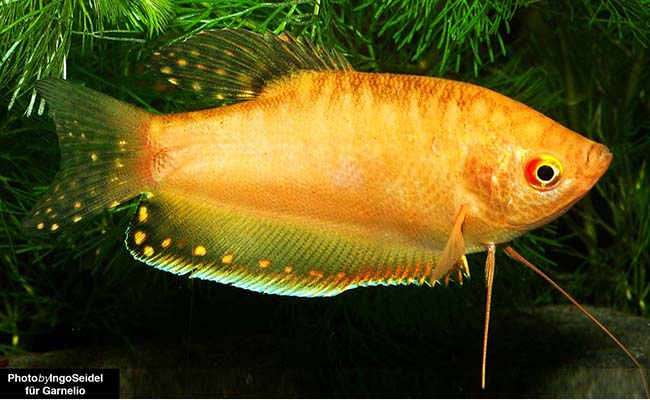 |
Are Giant Gourami Aggressive
Bluto, the giant Gourami, is peaceful, except during breeding time, and can accompany each other. However, they prefer to live alone at a young age. Later in life, they become calm and suitable options for community fish tanks.
Here are some other characteristics of the giant Gourami.
- Size
As the name suggests, it’s a large fish, i.e., it can grow up to 45–65 cm in size and weigh up to 9 kg.
- Body Shape
It has a narrow, wide, and oval-shaped body.
- Coloration
They have different color bodies with dark bars at the fin. These bars vary from silvery-gray to bluish-black. Lines distinguish them from the rest of the species.
- Water Preferences
In nature, they inhabit freshwater of tropical regions, i.e., Southeast Asia. but you can put them in slightly brackish water.
- Average life
Bluto, the giant Gourami, has an average lifespan of 15 to 20 years. With the proper care, you can touch the upper limit of their age.
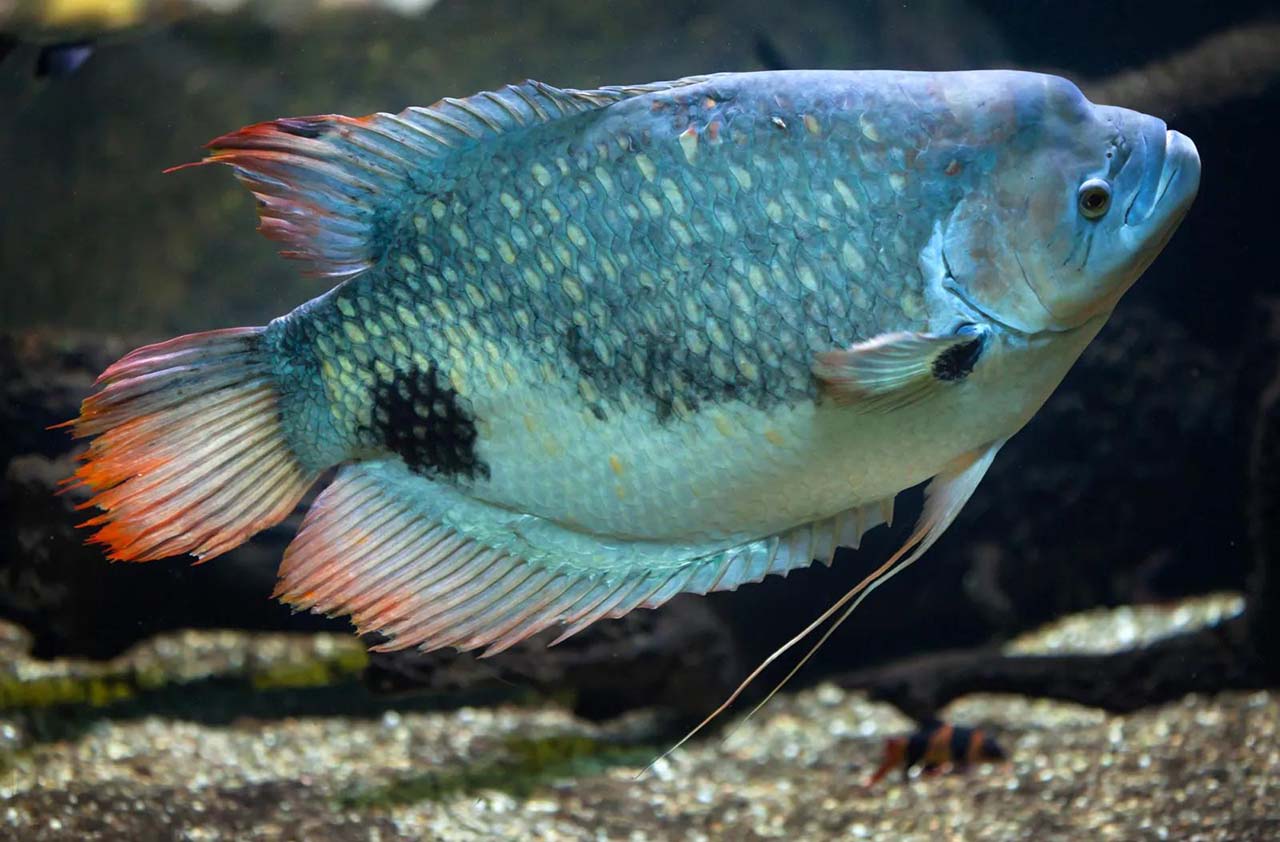
Can Giant Gourami Live with the Oscars?
Yes. You can keep the Oscar fish with Giant Gourami in a large tank. The best option for Oscar fish is the company of a mature female giant Gourami. Because the young Gourami is aggressive toward other companions, males become intolerant companions during breeding hours.
A rule of thumb for proper tank mate selection is that any fish equal or higher with a peaceful nature is compatible with them. Here are some most suitable Gourami tank mates and their characteristics.
Oscar Fish
Oscar fish is a tropical region beauty that can grow up to 1 foot. It has a large head, eyes, mouth, and oval-shaped body. It has almost the same gourami lifespan, 10–20 years. Oscar is carnivorous and eats a variety of food. A 6.0 to 8.0 pH and 23 to 26 ℃ are optimal water conditions for its growth. You need a bigger tank, enough filtration system, Bits O’ Walnut substrate, and avoid overcrowding the tank.
Blood Parrot
These freshwater Blood Parrot Cichlids grow up to 8 cm. It has a round, balloon-like body shape with a dominant red color. Its life span is 10–15 years, which also makes it compatible with Giant Gourami. Blood parrot cichlids are omnivores. A 22–28°C and 6.5 to 8.0 pH are the optimal water conditions for them. Give them enough space, and separate blood parrots during the breeding of Giant Gourami.
Redtail Catfish
Redtail Catfish, the bottom dweller, can grow to 4–6 feet. It has a long and fusiform body and a wide mouth. It has almost the same as a gourami lifespan of 15 years. They are omnivorous and eat numerous foods, including Frogs, dead fish and plant remains, Insects, Snails, Mollusks, Fruits, and Crabs. 5.5 to 7.2 pH and 23–26 ℃ are required for proper growth. You need to provide extra space than required for redtail catfish when keeping it with giant Gourami.
Pleco
The tropical freshwater pleco fish can achieve 2 feet in size. It has a soccer-shaped mouth, a flattened round-shaped mouth, and a thin body. It lives almost the same as the gourami lifespan 15 years. Furthermore, it loves to eat algae, fresh vegetables, wood, fruits, and fish flakes. 7.0–8.0 pH and 22–26 ℃ are required water parameters. You have to keep an eye on water parameters along with Giant Gourami’s behavior toward pleco.
Some Other Options
You can also go with Flowerhorn, the Silver Arowana, and Dojo Loach fish for Bluto the Giant Gourami.
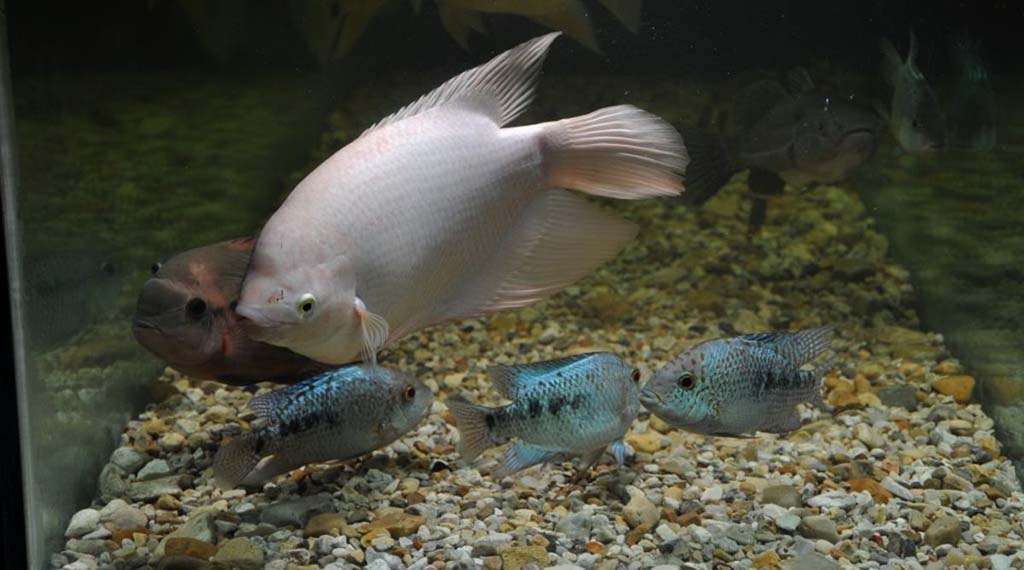
How to Care for Giant Gourami
Several parameters help in creating a proper balance in Giant Gourami’s tank. It ultimately leads to better health and the environment. Here are some key aspects of proper care for giant gourami.
Water Parameters
Here are the optimum water parameters for proper health and growth of giant Gourami.
| pH | 6.5–8.0 |
| Temperature | 20–30 |
| TDS | 180 to 250 |
| Gh | 8 to 16 |
| Kh | 4 to 7 |
Food
Giant gouramis are omnivores and can eat a variety of food. It includes vegetables and algae-based food. However, as they relish meaty treats, they also have a penchant for devouring freeze-dried bloodworms, tubifex, brine shrimp, small fish, frogs, tadpoles, and snails. They require food as 1.24–3.47% of their weight.
Tank Requirements
Giant gourami requires a large tank for proper growth, i.e., 175-gallon capacity. In nature, they live in planted areas. Therefore, it’s optimal to grow plants, whether floating plants (The 10 Best Aquarium Floater Plants) or surface-growing, on the sides of the tank. These plants will help to clean and balance the tank. It also provides them with enough space to swim and some hiding spots for their quiet time. Don’t forget to use bright light in the tank.
Breeding Care
Giant gourami are not hard to breed. When the female lays an egg, put the female and the other tank mates in a separate fish tank because the male becomes aggressive to everyone in the tank.
Filtration
Bluto the Giant Gourami is a fussy eater, and they produce high waste. Therefore, use some powerful filtration system or fish tank cleaner. Changing 10% per week or 25% of the tank’s entire water every two weeks is necessary. External waterfall filters are the best option for this tank.
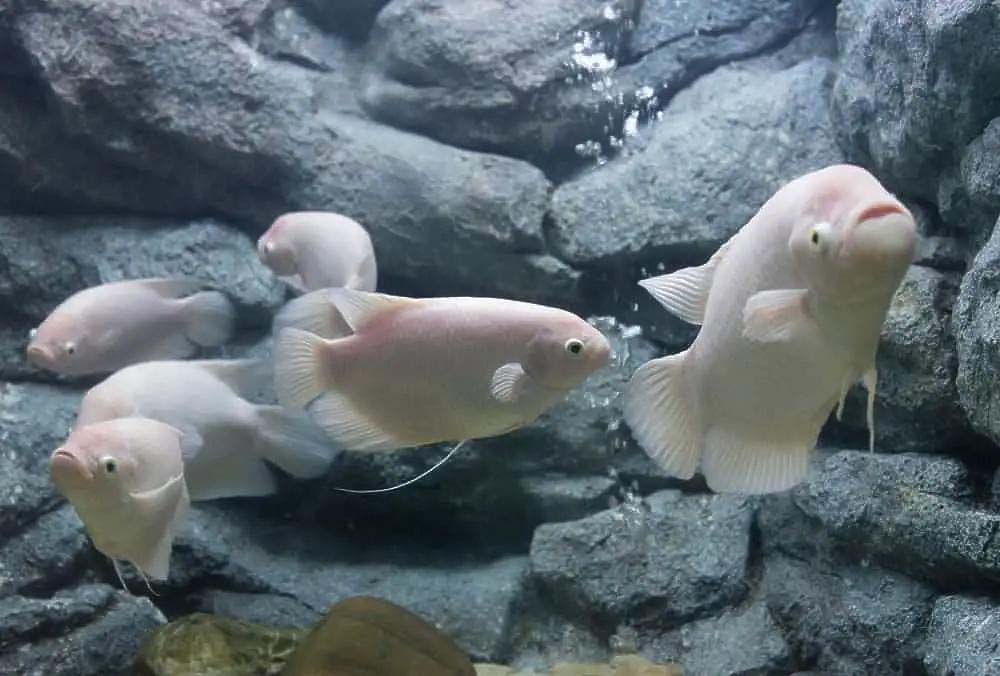
In closing
Bluto Giant gourami is an excellent choice for the community fish tank. Four types of Giant Gourami inhabit the Southeast Asian region. They are peaceful, bulky, and overweight, with oval-shaped bodies.
You can keep Oscar, blood parrot, redtail catfish, Pelco, and some other fish with giant Gourami. You can enjoy gourami’s ideal lifespan with proper care, i.e., maintaining water parameters, meeting food and filtration requirements, along properly fulfilling tank requirements.
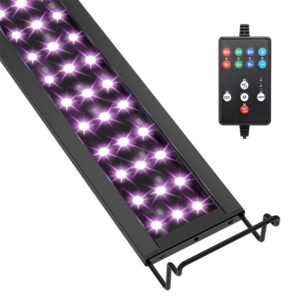
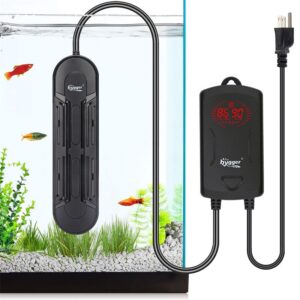
Leave a comment